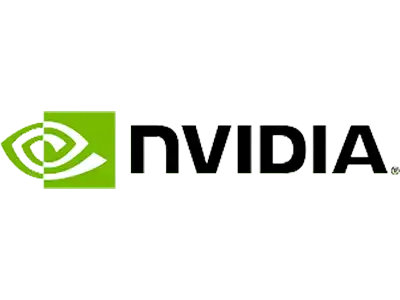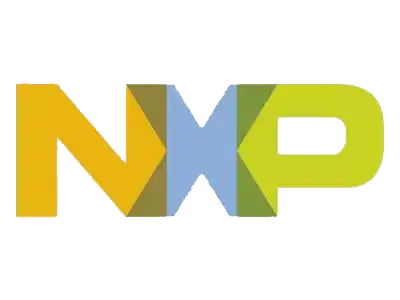Blogs - Internet Of Things
Build robust, reliable, and scalable IoT solutions! Part 1: Introduction to AWS IoT Suite of Services
In the last blog post titled ‘Functional Building Blocks of an IoT Platform,’ we discussed both functional and non-functional requirements of an IoT solution. We covered edge requirements and cloud requirements separately. Additionally, we explored the three options available for choosing or building an IoT Platform and provided a recommendation. “Option-3: Build Customized IoT Platform using PaaS Services”.
Bluetooth Low Energy (BLE) Security and Privacy for IoT
BLE only transmits data in one direction. Let's take a look at a BLE beacon
Attacks on IoT devices using Bluetooth
Attacks on Bluetooth-enabled devices are malicious acts that exploit security vulnerabilities in technology to gain unauthorized access to devices, steal critical information, or disrupt device operations.
Build Robust, Reliable, And Scalable IoT Solutions! – A 3 Blogs Series
The objective of this blog series is to empower readers with the knowledge, strategies, and practical tips needed to successfully develop, deploy, and manage robust, reliable, and scalable IoT solutions. From understanding key concepts and best practices to exploring emerging technologies and overcoming common challenges, this series aims to equip readers with the expertise required to drive innovation and harness the full potential of IoT in various industries. Let us start with the first blog of the series
Enhancing IoT Security with Artificial Intelligence
This article explores the role of AI powered IoT security and its industry impact. It covers AI’s applications in threat detection, access control, authentication, network security, vulnerability detection, and predictive maintenance. Additionally, it addresses limitations of AI in IoT security, including data requirements, false positives/negatives, AI system vulnerabilities, and implementation costs.
5 Key Technologies to Enable a Digital Enterprise
In today’s fast-paced business landscape, digital transformation has become an omnipresent reality cutting across industries. Enterprises are increasingly realizing the immense potential of leveraging data, but simply capturing and storing data is not enough to fully unlock its value. The real power lies in seamlessly integrating data into every aspect from development to delivering value to your customer, creating a dynamic Intelligent Ecosystem. Forward-thinking executives are focusing on prioritizing digital technologies that power digital transformation trends to empower enterprises with the competitiveness needed in this evolving business landscape.
Azure IoT (Internet of Things) Services: Introduction
Cloud computing is essential for the effectiveness of the Internet of Things (IoT) as it provides a robust infrastructure for streamlined data processing, storage, and access. Microsoft has introduced Azure IoT as a cloud platform, which is part of its Azure cloud computing portfolio. This platform has been specifically designed for IoT scenarios to help organizations collect, store, and analyze data from IoT devices.
Emerging Industry-Specific IoT (Internet of Things) Trends to Rule in 2023
The Internet of things (IoT) is a technology that empowers devices to communicate and share data. The primary goal of IoT technology is to improve business processes, consumer products and open with sensors, gateways, devices, and platforms. It has brought a momentous change in the way how businesses operate, and its impact is only going to grow significantly in the coming years as a part of the industrial revolution.
Wireless and RF – The Real “things” Behind the Internet Of Things (IOT) Solutions
Wireless technology has come a long way in the last couple of decades. Back in the 80s & 90s pagers were the classic example of wireless tech for day-to-day communications. While pagers could support extremely limited amount of data sharing for communication through wireless RF (radio frequency) channel, everybody realized that there can also be two-way voice-based or mobility-based applications of wireless technology. Who would’ve imagined 20 years ago that anyone with authorized access, from any remote location, could monitor, take actions, or instruct devices to perform certain tasks at home or any place they want through completely wireless technologies.





